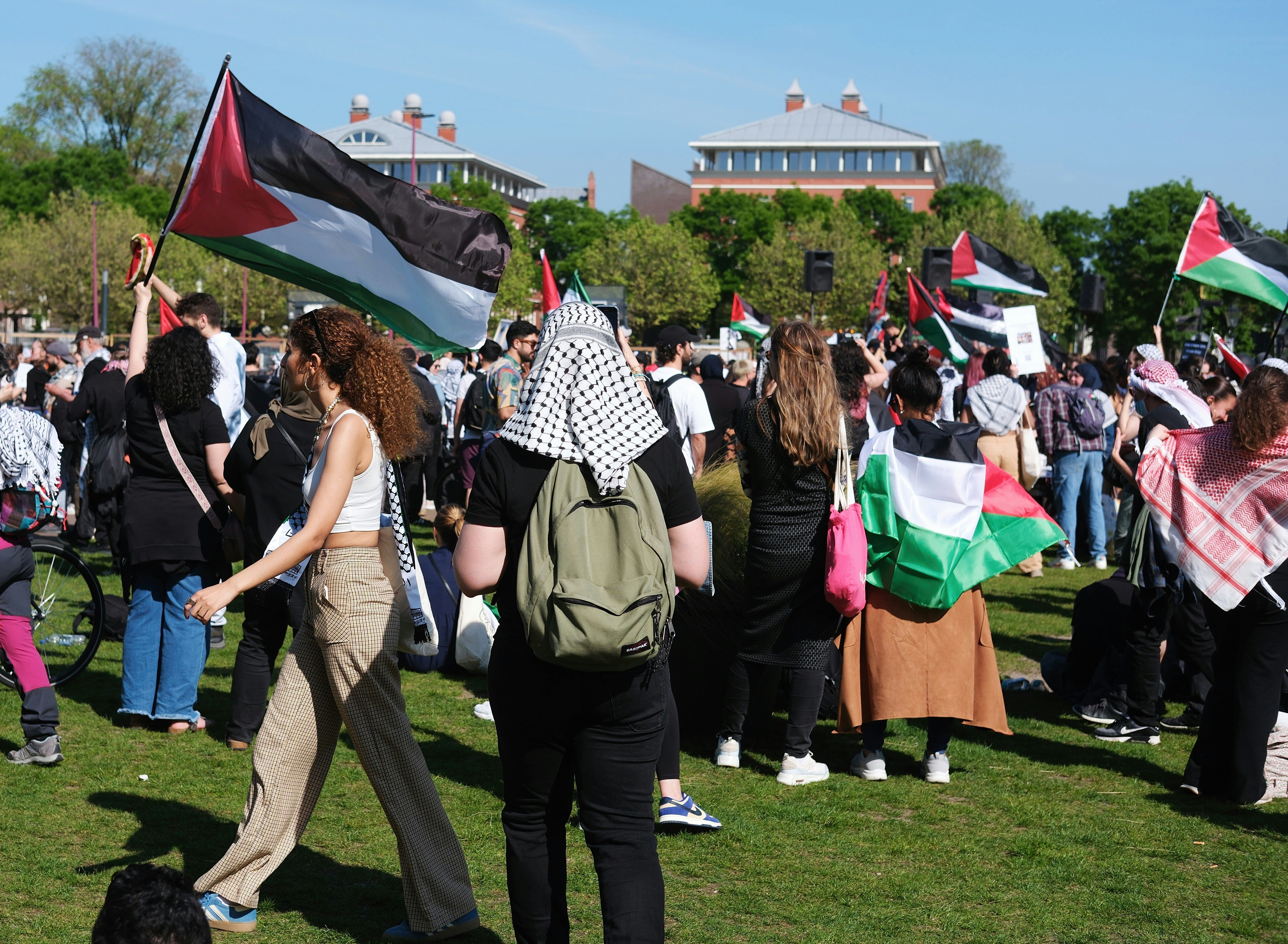
As the semester closes, the tents are coming down - but the movement is far from over.
Throughout April and May, college campuses across the U.S. became centers of protest as thousands of students demanded a ceasefire in Gaza and pushed their universities to divest from companies tied to the Israeli military. Encampments sprang up from coast to coast, from Columbia to UCLA, uniting students across race, faith, and background in a call for peace and justice.
These weren’t just protests - they were grassroots, youth-led campaigns rooted in moral clarity and political urgency. They captured headlines, sparked national debate, and in many cases, faced severe repression. Now, as universities shift into summer mode, students are asking: What’s next?
The Movement Didn't End with Finals
Even though many encampments have been dismantled - some voluntarily, others through force - organizing hasn’t stopped. In fact, it’s evolving.
Student leaders are regrouping to:
- Document what happened: Many are collecting evidence of excessive policing, disciplinary threats, and violations of protest rights.
- Build coalitions: Cross-campus networks are forming to share strategies and support students facing retaliation.
- Refocus on policy: Activists are preparing divestment proposals, planning public comment campaigns, and scheduling meetings with administrators for the fall.
Summer isn’t a pause—it’s an opportunity to organize smarter, build power off-campus, and come back stronger.
Repression Has Fueled Resolve
More than 2,000 students were arrested in the past few months, and many others now face academic discipline. At the same time, several faculty members who supported the protests were suspended or reprimanded.
But instead of silencing the movement, the crackdown has sparked deeper questions about free speech, institutional accountability, and the cost of dissent in a so-called democracy.
Gen-Z organizers are responding with legal action, mutual aid, and moral messaging that centers the humanity of Palestinians and the right to speak out against injustice.
Beyond Campus: Where the Movement Goes From Here
Student organizers aren’t waiting until September. Here’s how they’re keeping the momentum alive:
- Citywide Coalitions: In cities like Chicago, NYC, and Atlanta, students from different universities are forming joint working groups to coordinate actions and messaging throughout the summer.
- Policy Advocacy: Many students are connecting with larger organizations to push for federal and state-level legislation around arms sales, international aid, and protest rights.
- Interfaith & Intersectional Work: Muslim, Jewish, Christian, and secular student groups are deepening ties by holding space for grief, storytelling, and shared values rooted in justice.
Why This Still Matters
This is not just a student story. It’s a generational story.
Gen Z is taking on institutions - governments, corporations, and universities - not out of rebellion for its own sake, but out of a deep belief that another world is possible. One where lives are not disposable, where justice is not selective, and where youth are not punished for caring.
The question isn’t whether the campus encampments made a difference. The question is how this generation will turn momentum into long-term movement.
Final Thought
The tents may be gone, but the vision they held is still standing: a vision of solidarity across borders, accountability from those in power, and a future where peace is more than a slogan.
As one student organizer put it: “We might not be here forever, but our demands aren’t going anywhere.”

